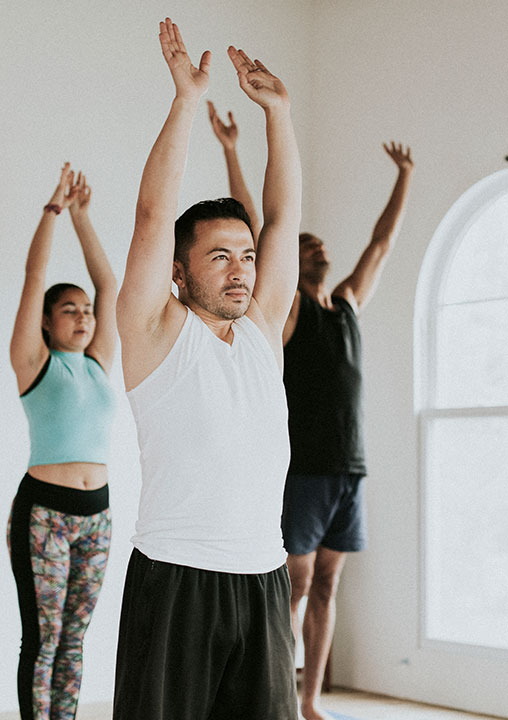How is Feldenkrais® different from other movement methodologies?
Feldenkrais is very different from other movement methodologies in several ways:
The scope is vast and each lesson is unique. Dr. Feldenkrais created a huge number of lessons, approximately 600, which are all different and unique, therefore, the student doesn’t know exactly which series of movements to expect when coming to a class. This requires the student to deal with the unexpected, to adapt to the unknown. Adapting to the unknown is, of course, one of the main requirements nature has of our bodies. Furthermore, the lessons cover a vast array of material involving different kinds of movements. Including lesson that focus on “other” aspects of movement, such as: breathing, eye movements, visualizations and meditations.
It helps us learn
Think of the fantastic amount of learning a baby makes. Suppose a baby wants to roll from its belly onto its back. It has not been taught how to do that, it doesn’t even have any landmarks. It just wants to see more and to hear its mother’s voice. The baby just keeps trying, over and over, to get to a new place. No one shows her how to do it yet she keeps trying. Imagine how incredibly frustrating it would be for a grown-up to learn like that, through trial and error with seemingly endless repetitions and an unknown outcome. The reason we adults no longer enjoy learning in this manner is because our egos tend to get in the way. When we unsuccessfully try to do something over and over we start judging ourselves, we may feel stupid or childish, and that makes us want to give up. This is a fundamental insight Dr. Feldenkrais had, which is why he introduced lessons that let us go back to playing around like we did as children. In lessons, such as “rolling like a baby” we go back to exploring such primary movements. Interestingly, as we explore through playing, leaving our ego out of the equation, we often become more creative and discover more possibilities.

The teacher doesn’t demonstrate
As you don’t see the movements you are asked to make, you don’t imitate anyone. You listen to the verbal instructions given by the teacher and interpret and execute them in a way you understand them. Your body has a unique history and its own unique movement language. Therefore, every person will interpret the instructions and execute the movements in ways that are best suited to his own unique needs. As Dr. Feldenkrais famously said: “The movement should serve you, you should not serve the movement”.